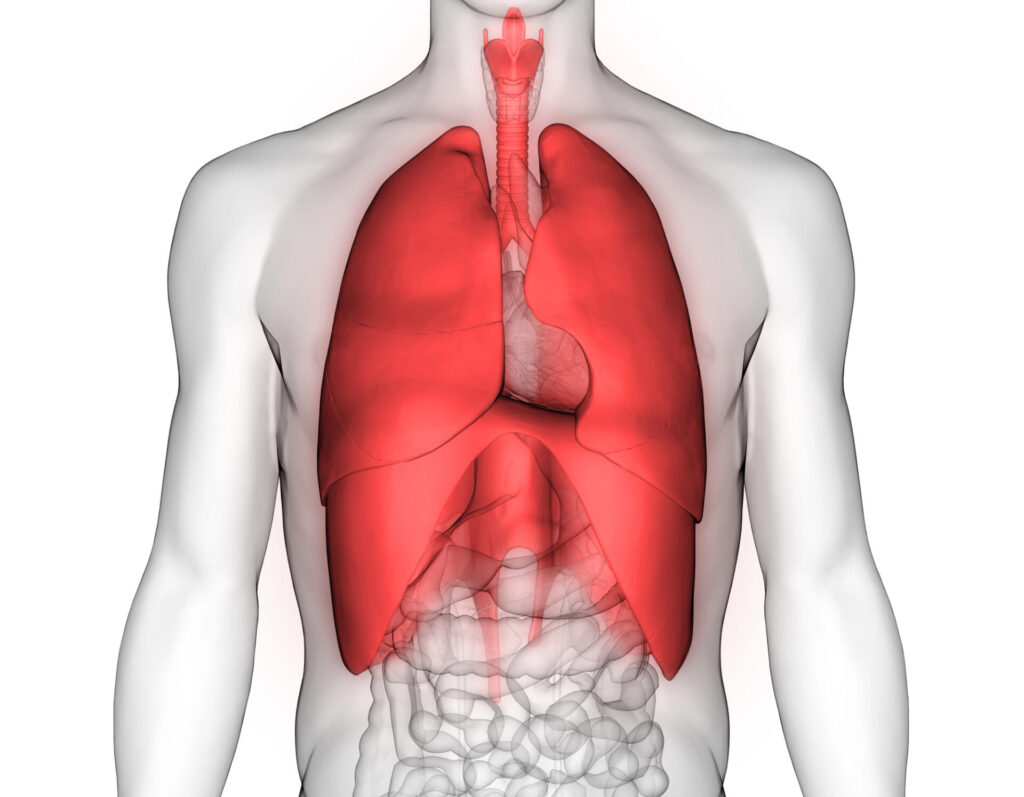A cluster of children from Colorado in the USA have been treated for muscle weakness or paralysis that may be connected to a nationwide outbreak of a usually rare respiratory virus called enterovirus D68 (EV-D68), one of more than 100 non-polio enteroviruses. The study, published in The Lancet, highlights the potential link between EV-D68, which caused thousands of cases of respiratory illness in the USA in 2014, and severe neurological illness in children. By Kevin Messecar, MD, published in Lancet, 2015.
“Due to global poliovirus eradication efforts, clusters of acute flaccid paralysis (AFP; a condition that leaves one or more limbs  unresponsive) in children have become rare. These 12 new cases raise the possibility that EV-D68 may be emerging amongst a short list of other viruses, (eg, enterovirus 71 and West Nile Virus) that are linked to outbreaks of AFP among children in regions where polioviruses are no longer circulating such as North America, Asia, and Europe,”* explains Dr Kevin Messacar, lead author and a paediatric infectious diseases physician and researcher at Children’s Hospital Colorado in Aurora, Colorado, USA.
unresponsive) in children have become rare. These 12 new cases raise the possibility that EV-D68 may be emerging amongst a short list of other viruses, (eg, enterovirus 71 and West Nile Virus) that are linked to outbreaks of AFP among children in regions where polioviruses are no longer circulating such as North America, Asia, and Europe,”* explains Dr Kevin Messacar, lead author and a paediatric infectious diseases physician and researcher at Children’s Hospital Colorado in Aurora, Colorado, USA.
Between August 1, 2014 and October 31, 2014, Dr Messacar and colleagues from the Children’s Hospital Colorado noticed several children presenting with limb weakness in the midst of a large outbreak of respiratory disease during which many children tested positive for rhinoviruses or enteroviruses, some of which were identified as EV-D68. This prompted them to review all cases admitted to the hospital over the 3-month period for reports of muscle weakness or paralysis accompanied by MRI scans showing lesions in the grey matter of the spinal cord.
Twelve children met the criteria. The children presented with varying degrees of muscle weakness to the arms and legs, difficulty swallowing, and/or facial weakness. All had a fever and respiratory illness about a week before the neurological symptoms began. Ten of the children had spinal cord lesions, and brainstem lesions were seen in nine children. Eleven of the children had been previously vaccinated against poliovirus.
Despite treatment, all ten children with limb weakness still have ongoing problems and it is not known if the paralysis will be permanent. Three children have shown improvement in cranial nerve dysfunction (facial weakness and/or difficulty swallowing). Eight of the children tested positive for enteroviruses or rhinoviruses, of which five were identified as EV-D68.
“Over the past 4 years, our hospital has seen a maximum of four similar cases in any 3-month period where children lose the use of one or both arms or legs. These twelve cases are three times that,”* says Dr Samuel Dominguez, senior author and microbial epidemiologist at the Children’s Hospital Colorado.
From 2008, to 2010, enterovirus D68 was the cause of localized outbreaks of acute respiratory disease in Asia, Europe, and the USA.5 In August, 2014, enterovirus D68 caused large outbreaks of severe respiratory illness in Missouri and Illinois, with subsequent outbreaks throughout the USA, including in Colorado. Previous reports of neurological disease associated with enterovirus D68 have been limited to two published cases.
Dominguez adds, “The extent to which this new distinctive neurological disease has spread is unknown, but it does not appear to be isolated to Colorado or the USA. Since the reporting of this cluster, 107 similar cases have been reported across the USA and one in France. If further investigation confirms the link between EV-D68 and AFP and cranial nerve dysfunction, EV-D68 will be added to the list of non-poliovirus enteroviruses capable of causing severe, potentially irreversible neurologic damage, and finding effective antiviral therapies and vaccines will be a priority.”*
FACTS on Enterovirus D68
Enterovirus D68 (EV-D68) is one of more than 100 non-polio enteroviruses.
EV-D68 can cause mild to severe respiratory illness.
- Mild symptoms may include fever, runny nose, sneezing, cough, and body and muscle aches.
- Severe symptoms may include wheezing and difficulty breathing.
How does the virus spread and how common is it?
- Since EV-D68 causes respiratory illness, the virus can be found in an infected person’s respiratory secretions, such as saliva, nasal mucus, or sputum. EV-D68 likely spreads from person to person when an infected person coughs, sneezes, or touches a surface that is then touched by others.
- A mix of enteroviruses circulates every year, and different types of enteroviruses can be common in different years. Small numbers of EV-D68 have been reported regularly to CDC since 1987. However, during 2014 the number of people reported with confirmed EV-D68 infection was much greater than that reported in previous years.
- From mid-August 2014 to January 15, 2015, CDC or state public health laboratories confirmed a total of 1,153 people in 49 states and the District of Columbia with respiratory illness caused by EV-D68. Almost all of the confirmed cases were among children, many whom had asthma or a history of wheezing.
- DC received about 2,600 specimens for enterovirus lab testing during 2014, which is substantially more than usual. About 36% of those tested positive for EV-D68. About 33% tested positive for an enterovirus or rhinovirus other than EV-D68.
Click Here for Practitioner Information
Click Here for Full Text Study





